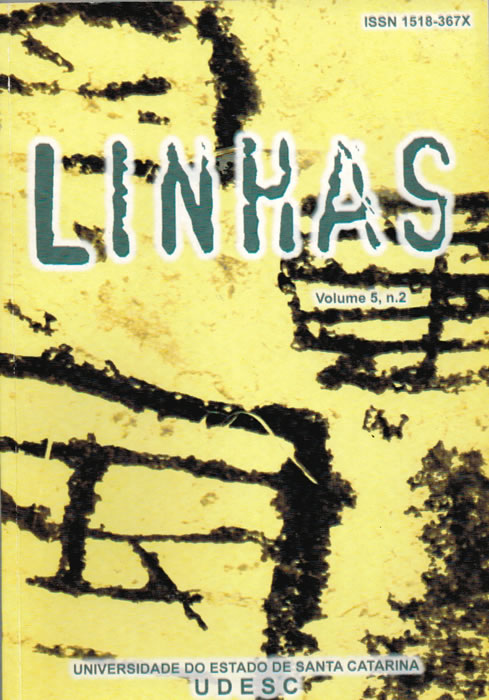A transposição didática em Softwares educacionais<br>Didactic conversion in Educational software
Resumo
Este trabalho investiga junto a professores/coordenadores de laboratórios de informática das escolas de Passo Fundo/RS os elementos mais significativos que envolvem a utilização do software educacional em suas atividades diárias, identificando as estratégias didáticas, a forma como os conteúdos são trabalhados e demais elementos utilizados na transposição didática dos conteúdos veiculados. Através das falas dos professores entrevistados, a pesquisa identificou nove categorias de análise: multimídia, atratividade, conteúdo, interatividade, lúdico, raciocínio, aprendizagem, visualização/simulação de fenômenos e motricidade; que constituem a base de um novo modelo de avaliação do software educacional, enquanto objeto de transposição didática, definido pelos próprios professores entrevistados. As considerações finais do trabalho apontam para a necessidade de se estabelecer elementos de análise significativos para se avaliar o software educacional antes da sua aquisição por parte da escola e revelam, também, que o software educacional multimídia mostra-se um excelente recurso para a apresentação dos conteúdos escolares, porém o que determina se há ou não qualidade no processo ensino-aprendizagem por ele promovida é a presença do professor da disciplina, seu modo de transpor os conteúdos e de conduzir as atividades realizadas em sala de aula, seja com o software, seja com outro tipo de material didático.
PALAVRAS-CHAVE: Transposição didática. Software educacional. Informática educativa.
This is a study of the most significant elements in the use of educational software in the daily activities of teachers and coordinators from computer laboratories in schools in Passo Fundo, RS. It identifies the didactic strategies used and the way that content is treated and other elements used in the didactic transposition of the subjects presented. Chevallard and Perrenoud constitute the theoretical base of the study. Through the statements of teachers interviewed, the study identified nine categories of analysis: multimedia, attractiveness, content, interactivity, play, reasoning, learning, visualization and simulation of phenomena and motor skills. These elements constitute the base of a new model for evaluation of educational software, as an object of didactic transposition as defined by the teachers interviewed. The final considerations of the study indicate the need to establish elements of analysis to evaluate the educational software before its purchase by a school and reveal that multimedia educational software is an excellent resource for the presentation of school content. Nevertheless, what determines if this software can promote a quality teaching-learning process is the presence of the teacher, the way the content is presented and the activities realized in the classroom conducted. This is true not only for software, but for any type of didactic material.
KEY WORDS: Didactic conversion. Educational software. Computer education.
Downloads
Downloads
Publicado
Como Citar
Edição
Seção
Licença
Os artigos publicados pela revista são de uso gratuito, destinados a aplicações educacionais e não comerciais. Os direitos autorais são todos cedidos à revista. Os artigos cujos autores são identificados representam a expressão do ponto de vista de seus autores e não a posição oficial da Revista Linhas ou do Programa de Pós-Graduação em Educação da Universidade do Estado de Santa Catarina.

A Revista Linhas está licenciada com uma Licença Creative Commons - Atribuição-NãoComercial-SemDerivações 4.0 Internacional.


